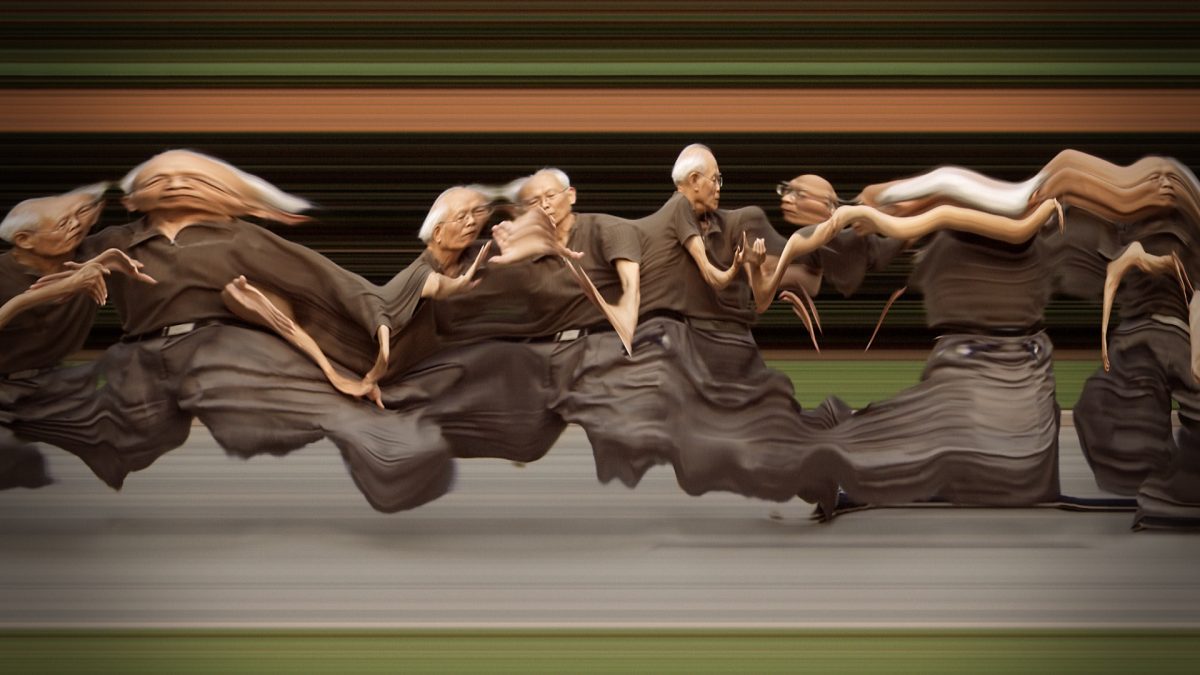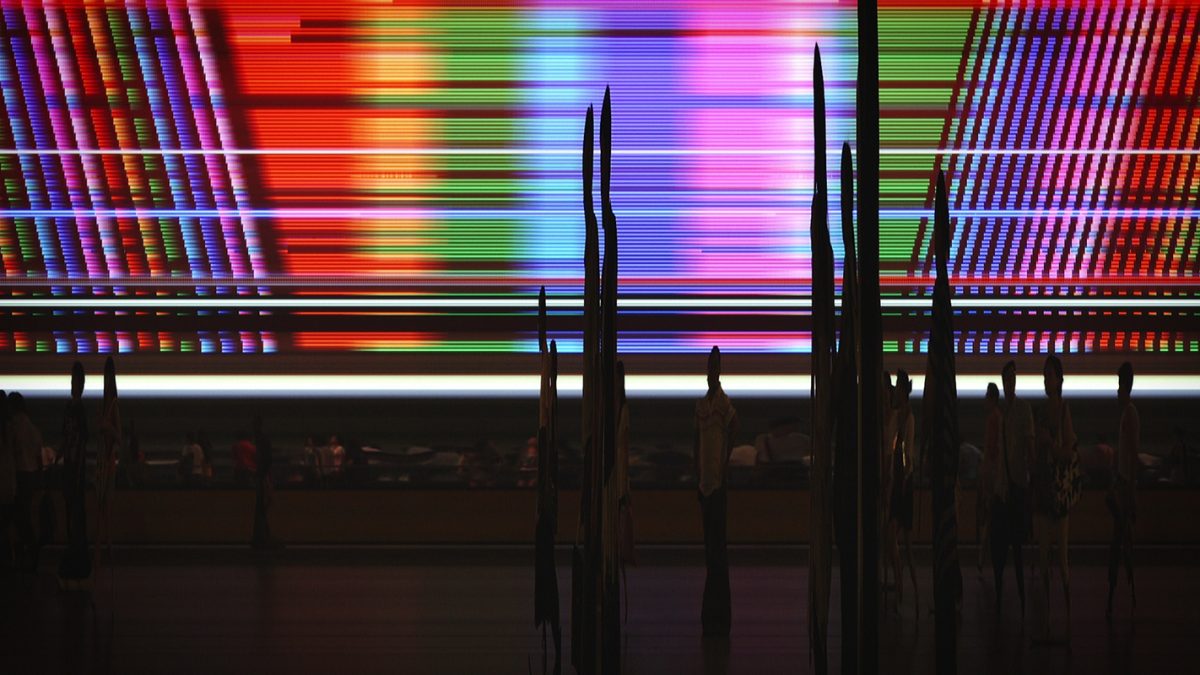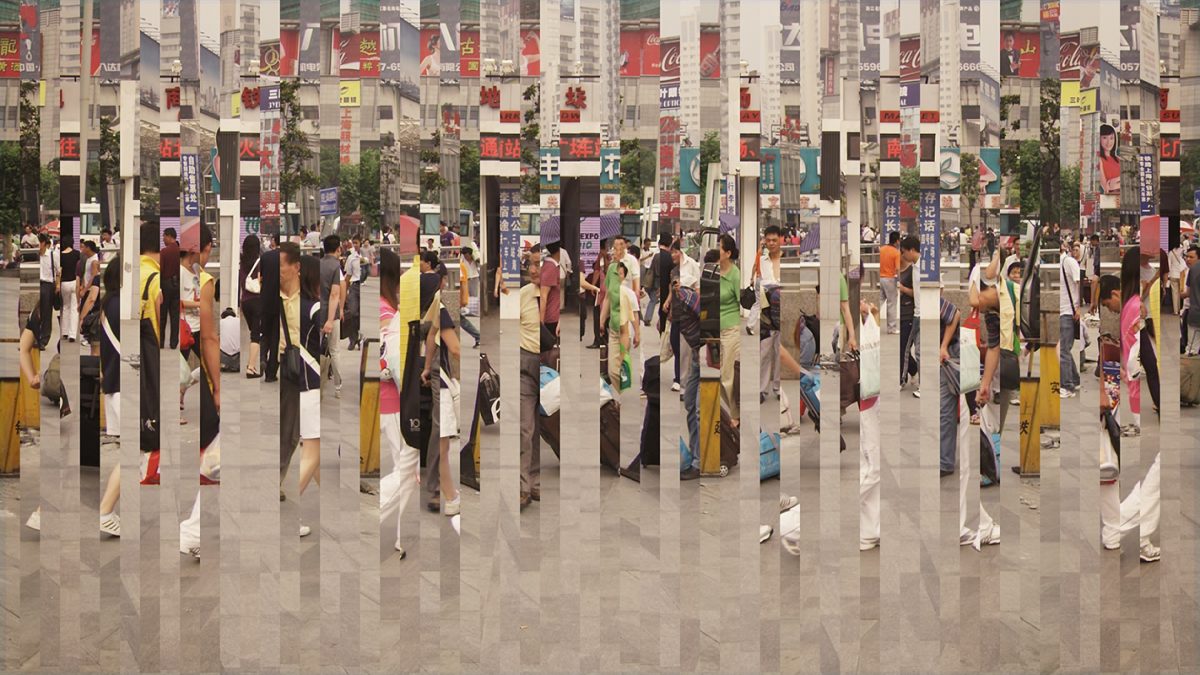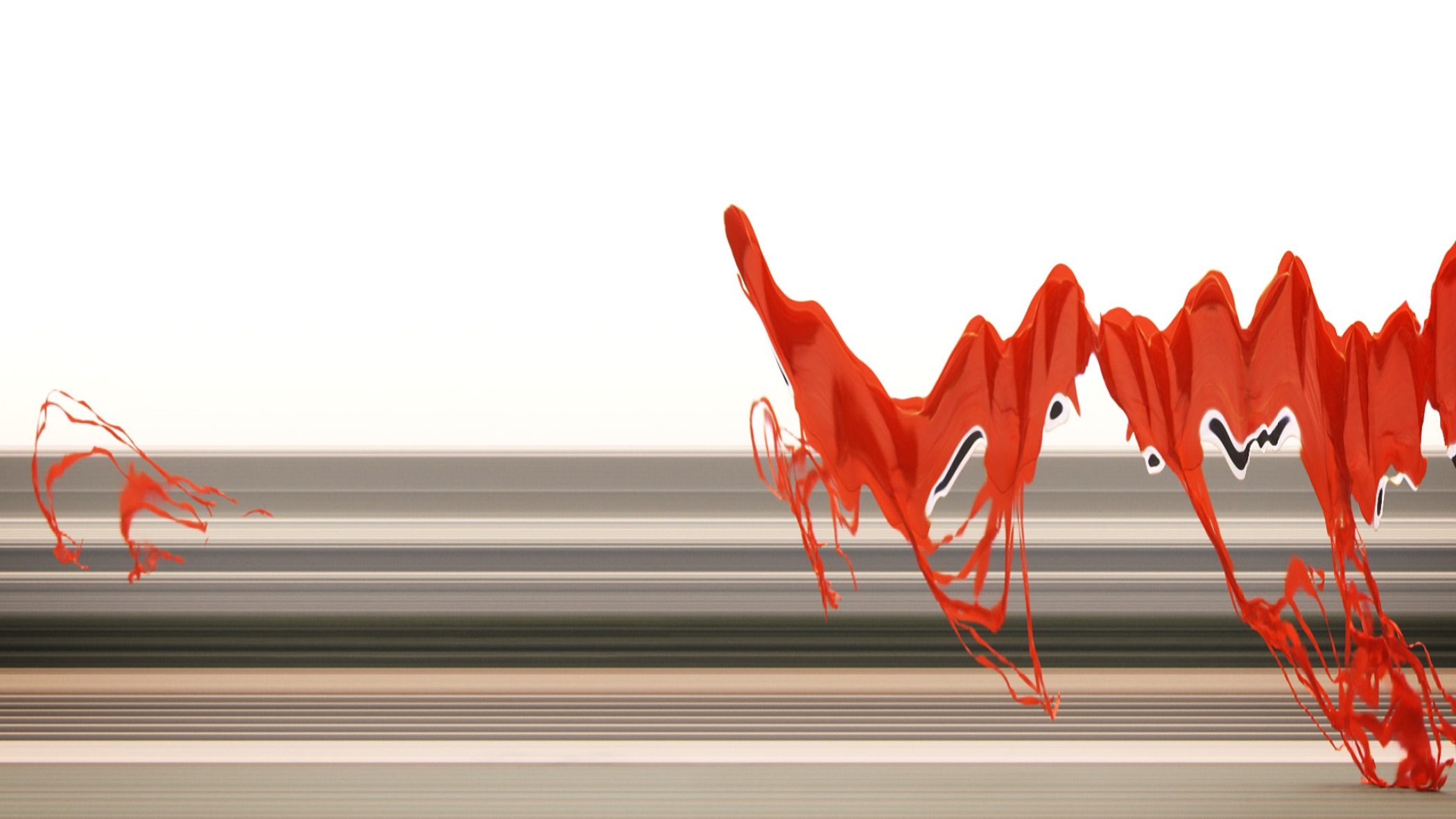Daniel Crooks
4th – 8th August 2010
Melbourne Art Fair
For this exhibition, four new video works by Daniel Crooks address the artist’s continuing engagement with time as a tangible, physical and ultimately malleable material.
In this series, Crooks continues his relationship with the city of Shanghai, which began with an important corporate commission in 2009, and was most recently extended in the Sydney Biennale project, Static No.12 (seek stillness in movement), 2010.
In Static No.14 (composition for neon), 2010, we are transported to the iconic East Nanjing Road to witness a spectacular composition of neon signs, abstracted through Crooks’ apprehensions of altered video time. Captured and processed in this way, Crooks forms a virtual collaboration with the absent programmers of the signs, bringing to light a symphonic arrangement that would otherwise remain unnoticed, unacknowledged, even by the composers themselves.
In contrast, Static No.13 (underwater flight recording), 2010, muses on a floating red kite in the tranquil setting of People’s Square. Visually reminiscent of Chinese calligraphy the video is minimal in both aesthetic and movement, and without the distorted passage of figures through space that is common to many of the artist’s videos, this work presents a fluid yet highly viscous view of time.
Static No.16 (fisher-yates shuffle), 2010, explores the notion of post physical consciousness, and our ability to reconstruct and make sense of information that is scattered and randomly processed. In this work Crooks’ interest in alternative spatio-temporal representations is illustrated physically in what appears to be a reconfiguration of the frame as a collage. However on closer investigation what is perceived is actually a single frame shuffled in space. The final result is disorganised yet strangely coherent; a nonlinear progression of movement, that paradoxically becomes more complex through its simple reformation.
Finally, we return to Crooks’ fascination with the railway in Pan No.7 (strange attractor), 2010. In this work, as in the entire series of ‘pans’ we observe the movement of human traffic through a distortion that suspends the landscape and figures in time, elongating forms and simplifying the background until it becomes pure geometric abstraction. The work is quiet, graceful and contemplative, a contradiction of the site in which it is situated. In this sense, as with all of Crooks’ videos, we reflect on the world around us with new insight.
Images

Static No.12 (seek stillness in movement), 2009
HD video transferred to Blu-ray, 16:9, colour, sound
5 minutes 23 seconds

Static No.14 (composition of neon), 2010

Static No.13 (underwater flight recording), 2010
single-channel High Definition video, 16:9, colour, stereo
4 minutes 1 second
Edition of 3

Static No.16 (fisher-yates shuffle), 2010
4 minutes 33 seconds



